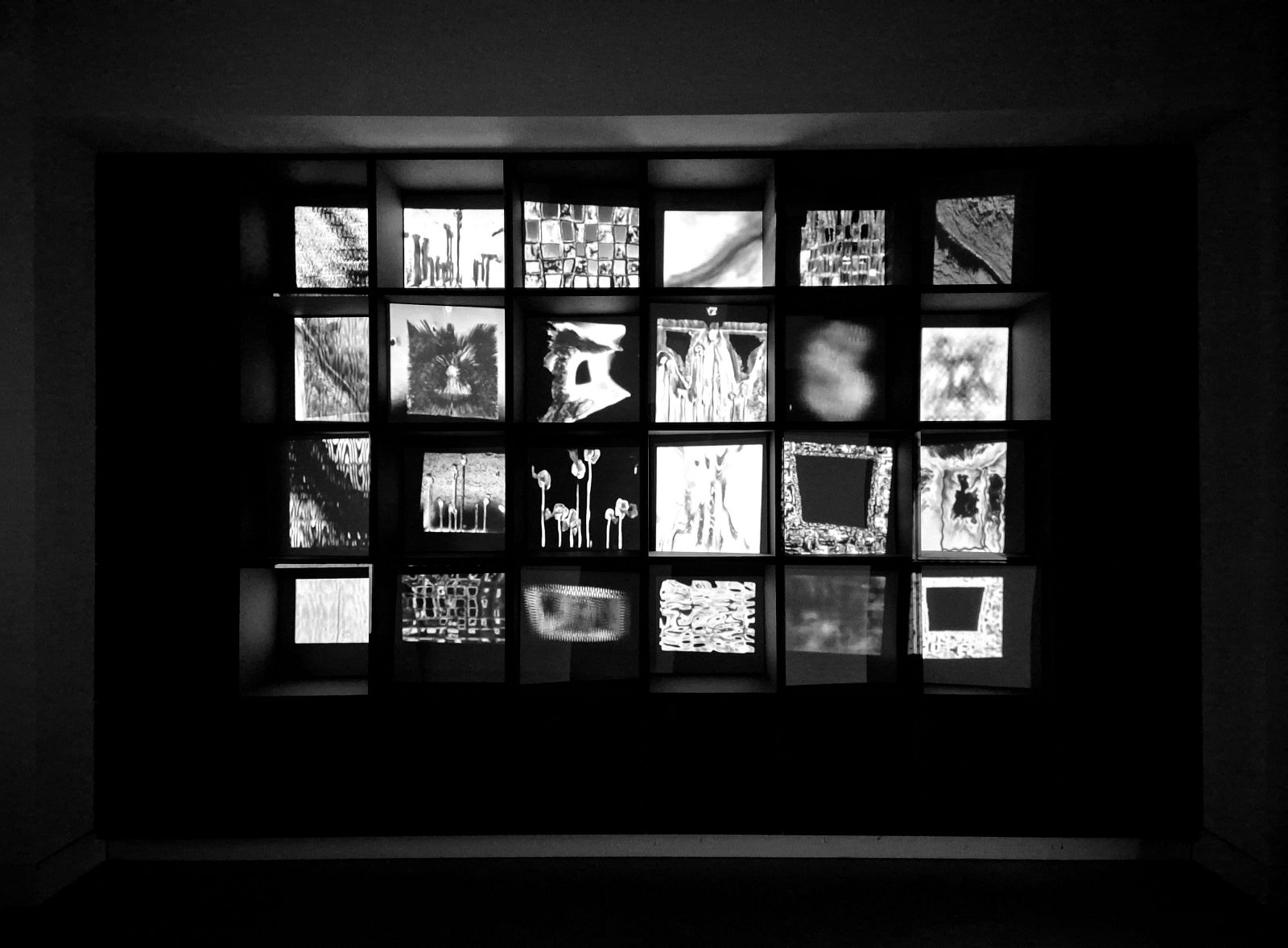
Since experiencing trauma, I found myself trapped in a cycle of triggers, panic, and sadness— where fear dominated my life. Throughout this struggle, I began to ask: How does one rebuild life after trauma? Can healing be found in darkness?
For my graduation project, I embarked on a healing process through drawing and documenting everyday moments to reclaim mental space and give voice to my emotions through visual expression. I started with small sketches on A4 paper, drawing memories intuitively, treating drawing as a purposeful daily ritual.
Observing these drawings collectively made me realize the extent of the darkness that had taken over. I decided to transition to digital art, which deepened my commitment and offered different perspectives. Suddenly, my drawings could become animated, and I could curate my process more thoroughly, adding layers to the handmade sketches.
Continuing to use drawing as a healing process, I began to work on a larger scale. I decided to draw around artificial light, and later, sunlight. Each stroke of the pencil delved deeper into unprocessed emotions, guided by rhythm and shadow play. Light emerged as a reason for drawing.
Visualizing my emotions and sharing this process provided me, as a designer and researcher, with a reflective space for understanding and processing trauma. Based on the statement by Gabor Maté, the trauma expert and physician, “Trauma is not what happens to you, it’s what happens inside you as a result of what happened to you…”( The Wisdom of Trauma. Companion Booklet. March 2022. Accessed June 19, 2024. https://thewisdomoftrauma.com/wp-content/uploads/2022/03/Companion-Booklet.pdf). I designed a space to visualize what had happened - a spatial experience like an extension of my mind.
By connecting personal experiences with theoretical insights, this project underscores my motivation to use design as a tool for processing trauma and raising awareness about its impacts.